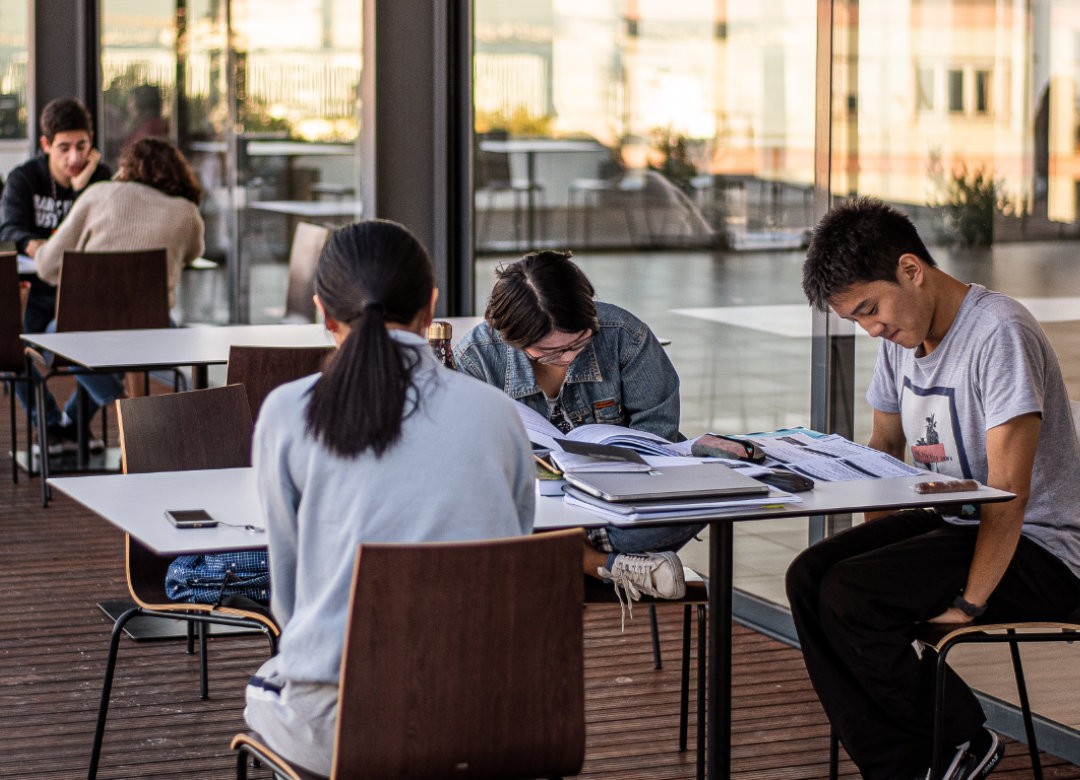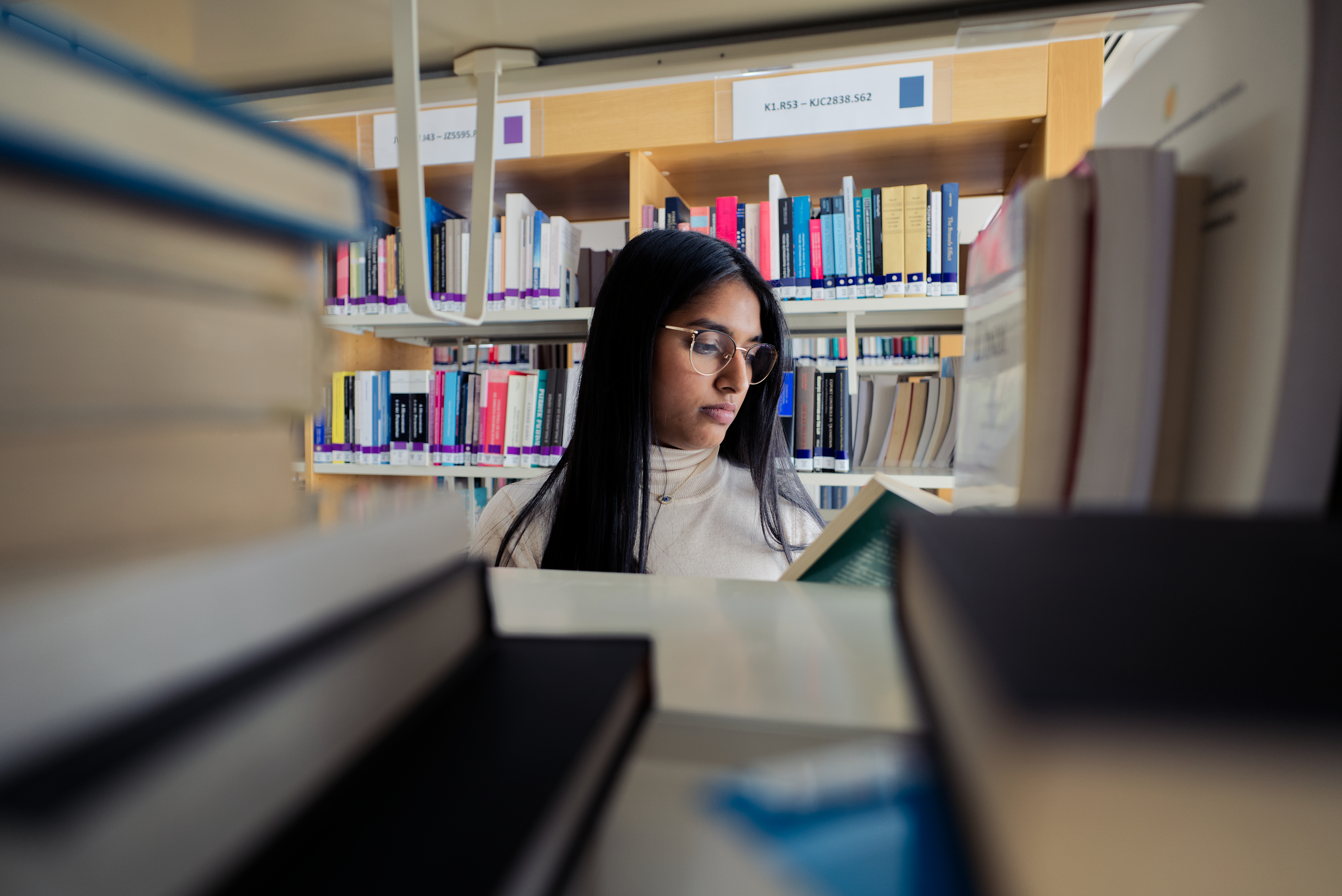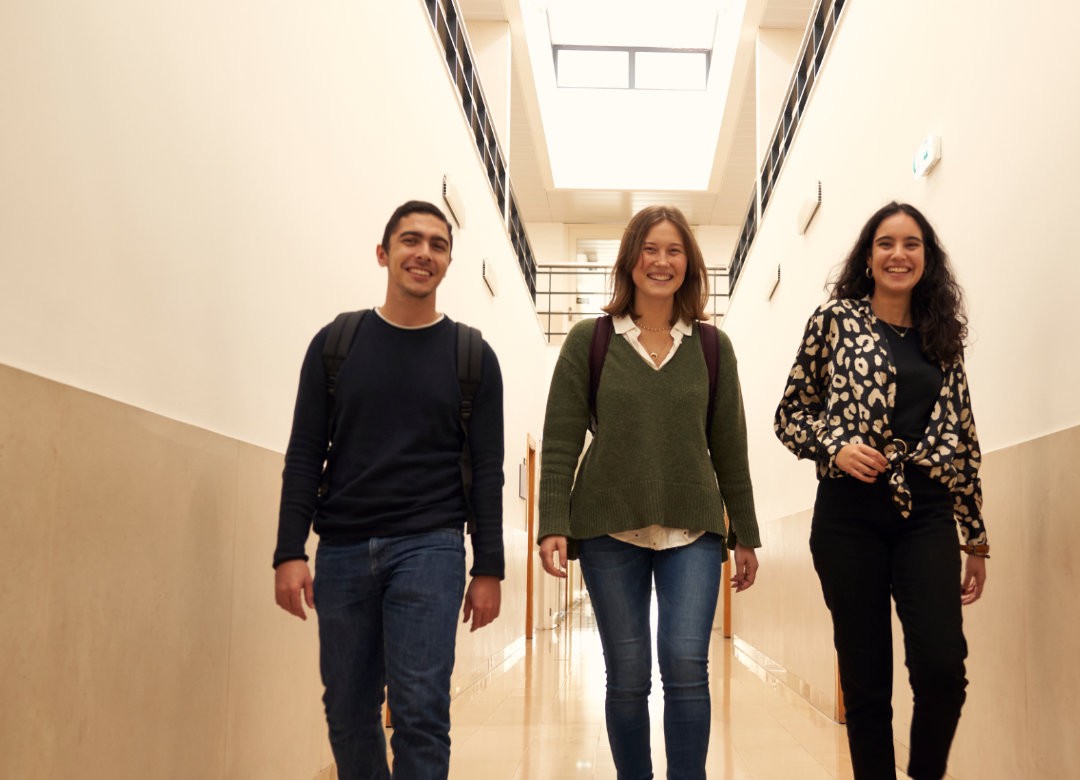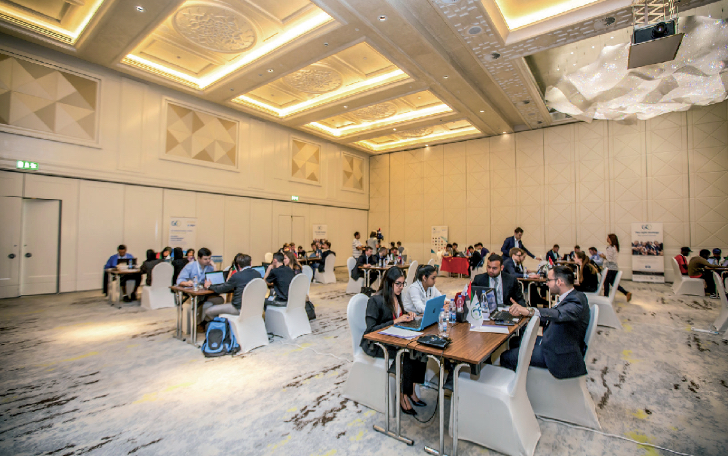"Different Perspectives on the Performance of Portuguese Secondary Schools" is a study by the Instituto Superior de Economia e Gestão (ISEG) of the Technical University of Lisbon that visited 303 public schools over the course of a year, where more than 50 Portuguese and Mathematics exams were taken. The scales do not balance. Parents' education and pupils' age explain 30% of the exam results. The remaining 70% are in the hands of schools, or rather in the work they do. The research, funded by the Ministry of Education and the Foundation for Science and Technology, was presented at the seminar "Economics and econometrics of education", promoted by ISEG.
Pupils generally finish secondary school at 17 and the older they get in secondary school the worse their results are. Nearly 40% of parents have at least a secondary education, each teacher has 14.6 pupils on average per class, one fifth of pupils benefit from school social support and the absenteeism rate of teachers is six days per year. The study also reveals that pupils are poorly prepared when they move on to higher education. Conclusion drawn from national exam scores. At least 37% of Year 12 students were unable to apply for higher education. The study concludes that the "low quality of learning outcomes in secondary education compromises success in higher education".
The authors of the research took into account several variables: results of the national secondary exams in Portuguese and Mathematics, completion rate in the 12th year of scientific-humanistic courses in the year 2009/2010, school characteristics, age of students, parents' academic qualifications and profession, number of students with social support, progression and completion rates of secondary education and teacher absenteeism rate.
With the various characteristics of pupils and teachers on the table, the expected average performance for each school was calculated, what results could be obtained in exams and at the end of secondary school. From this, a list was constructed with four categories. Elite schools with good averages and performing above expectations. Fatalist schools with below-expected results and performance. Surprising schools that have academic results below the national average but perform above expectations. And banana shade schools, which have results above the national average, but performance is below what would be expected given the characteristics of the school. The list of schools cannot be released due to the imposition of the Ministry of Education.
Cláudia Sarrico, a researcher at ISEG and one of the authors of the study, argues that schools in the shadow of the banana tree should pull more from their students. "There are schools that are making the most of students and others are not," she told EDUCARE.PT. Cláudia Sarrico, from ISEG, Margarida Fonseca Cardoso, from the University of Porto, Maria João Rosa, from the University of Aveiro, and Fátima Pinto, from EB2,3 de Canedo, are the authors of the study that, in addition to a quantitative analysis, invested in a qualitative approach in 12 schools in the country - externally evaluated by the General Inspectorate of Education in 2007 - three of each of the four categories created. "We studied school evaluation and self-evaluation practices and concluded that there is no consolidated practice and culture of evaluation", says Cláudia Sarrico. The results should be published in Portuguese in a book and the researcher argues that, as a general rule, schools want more information. That is, they want to understand how the comparison with other schools is made, how they can ask for support in the evaluation process, how the data is treated, squeezed to conclusions.
The qualitative research included 43 semi-structured interviews with four actors: the school director, the president of the general council, the self-evaluation officer and the head of administrative services. One of the findings is that school improvement actions are rarely evaluated. "It is almost never mentioned that there is some kind of evaluation, which means that schools may develop improvement actions but do not evaluate them to see if they are working or not," the study reads.
The most assessed performance dimension is teaching and school results are the most used performance indicators. It is also found that teachers are the most skeptical and critical of the evaluation system. Another finding is that rankings are devalued by schools in official discourses, but these values end up being analyzed internally, namely the discrepancy that may exist between internal and exam grades. The rankings are nevertheless valued by the parents of the pupils, who attach importance to this positioning of the educational establishments.











